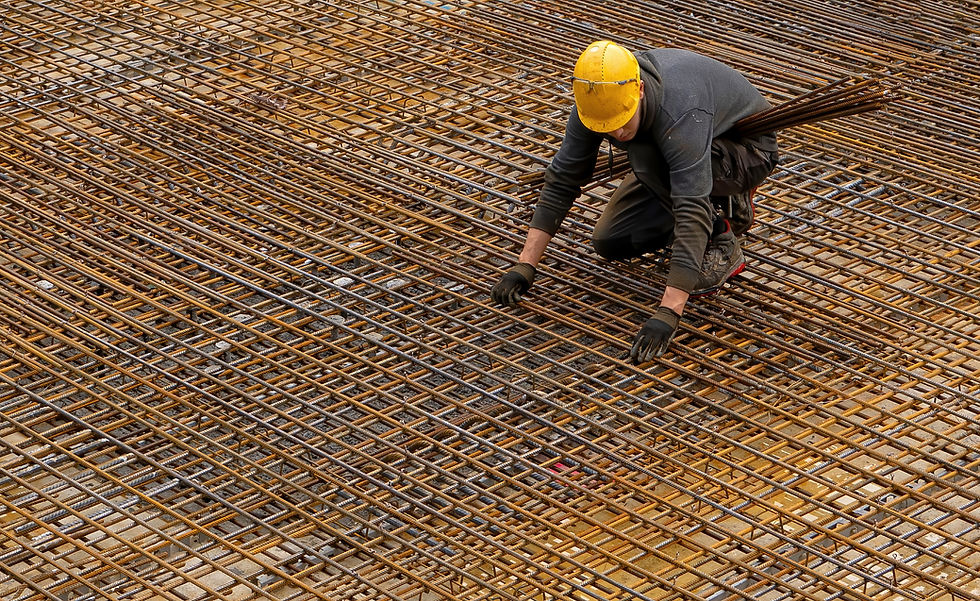Excess Reinforcement Good for the Structure?
- Nitesh Jain
- Mar 20, 2021
- 2 min read
Updated: Aug 5, 2021
Role of Reinforcement in Concrete
Reinforcement steel, also known as Rebars are steel bars used to compensate concrete’s weakness in tension. The concrete is strong in compression and weak in tension. For design purposes, structural sections such as beam are considered as cracked, that is, in the tension region, contribution of concrete is not considered and only rebars withstand tension forces.


To design any structure to withstand Earthquake and wind forces, Rebars play a crucial role as the moments reverse near joints. Thus, provision of reinforcement at the right section of the members is very important and provisions for the same are given by IS codes.
Myths and Misconceptions
There are misconceptions among laymen and lot of people working in the construction industry that excess reinforcement means a stronger member and structure. If that’s the case why do we need structural engineers in the first place?

There are also cases of providing limited rebars to save project cost because similar reinforcement quantity was given to a similar beam in a different project. So, it is assumed that same rebar quantity will be sufficient for that member.
Points to counter the misconceptions-
Reinforcements are provided according to forces and moments. Excess of reinforcement only adds on to the weight which in turn will increase the forces acting on the structural members.
While casting a reinforced structural member, If excess reinforcement is provided than the spacing between rebars will decrease. This will not give clear way to the aggregates in the concrete to spread out and form a dense mould. That's also a reason to provide specified concrete cover and spacing for the rebars.
Excess reinforcement can lead to more shrinkage cracks as the rebars will apply more strain on the concrete while drying.
Concrete is quasi-brittle in nature and steel is elastic in nature. Brittle materials tend to fail suddenly after their yield point is reached while loading where as elastic materials takes more stress after their yield point is reached thus giving some warning period before failure. Structural engineers prefer under-reinforced sections than over-reinforced sections because of this reason, so that RCC members behave less like a brittle material and give a warning period before they fail.
Apart from excess reinforcement, providing less reinforcement is more dangerous and unethical, as every project is unique and is designed accordingly. So, we should not use our experience to modify reinforcement provided on the site without consulting a structural engineer.






Comments